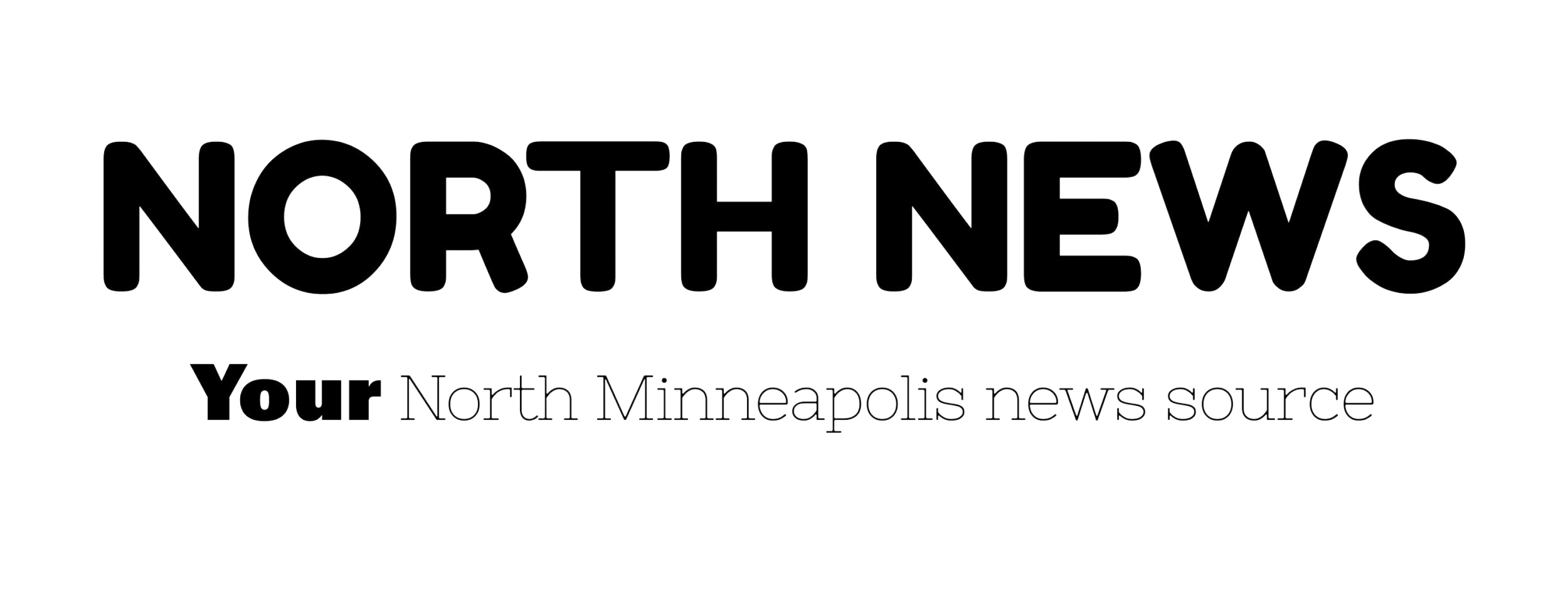“Mobility hubs” organize new modes of transit on the Northside
Rob Robertson, an employee with Lime, logs in two scooters in a dedicated parking space at the intersection of Penn and Lowry. The scooters along with Nice Ride bicycles nearby make up one of Minneapolis’ first mobility hubs that provides alternative and additional transportation near bus stops. Photo by David Pierini
By Abdi Mohamed Staff Reporter
With bikes and scooters turning up on virtually every corner of Minneapolis, city officials hope to consolidate these vehicles through their newly launched mobility hub pilot program. The program works to establish hubs around the city where Nice Ride bicycles and electric scooters can be found all together in parking stations near Metro Transit locations.
The program is a collaboration between the Department of Public Works, Metro Transit, and private companies like Lime, Spin and Lyft.
The recent wave of innovative transportation options popping up on city streets has caused many locales around the country to evaluate safe and convenient ways to incorporate them into existing transit systems. “We were trying to figure out ways to combine new technology with our existing backbone transit system,” said Danielle Elkins, a consultant with the City, who is helping Minneapolis do this work.
Elkins says mobility hubs are designed to equip residents with more transportation options while meeting the City’s goal of reducing single occupancy vehicle trips. Elkins says access is also important: when transportation options like scooters were first introduced, they were concentrated in more “affluent and predominantly white” areas of Minneapolis.
The mobility hub pilot was first launched in North Minneapolis. There are four mobility hubs located on the Northside: Lowry Ave. N and Penn Ave. N, Lowry Ave. N and Fremont Ave N, Lyndale Ave. N and N 26th Ave, and W Broadway Ave. and N Emerson Ave. Several factors played into the decision of where to locate these hubs, primarily their adjacency to transit stops. Census data, car ownership, demographics, and income levels were also taken into account.
Joshua Johnson, the Advanced Mobility Manager at the Department of Public Works, says the program was started on the Northside because of both “need” and “opportunity.” With the low amount of car ownership and public transit usage, the program seemed to be a good fit to help riders close any distances in their commute.
Now that they’re here, Johnson says there are challenges that need to be addressed. Many people are unaware of the hubs and the opportunities they present to a commute. Smart phone access is another challenge (access to bikes and scooters requires the use of an app). There are also financial barriers: users must pay through the app, which requires having a bank account.
According to Elkins, all the private participants in the mobility hubs offer low income options for individuals to sign up and receive reduced rates on scooters, bikes, and transit. Nice Ride and Lyft both offer low income users to pay $5 per month with unlimited 30-minute ride. Both Lime and Spin charge 50 cents to unlock and charge seven cents and ten cents respectively.
When asked how this impacts the bottom line for these companies, Elkins shared that it’s written in the City’s contract with each of these companies. “We do ask for it within our city contract, same with Nice Ride. For the most part they’re doing it with every city they’re working with,” Elkins said. She also shared the City’s vision for these mobility hubs to become a service by bundling the different options into a subscription package, providing more opportunities for these options to be affordable.
These devices will remain available up until the second week of December depending on weather conditions. This raises the question on what these hubs look like during the winter. Johnson stated that the Fall rollout of the pilot was intentional, giving them the opportunity to see how a change in weather affects the program and deciding from there how to continue. “Long term we don’t want this to be something that goes away every winter. We want to know how we can best position this to be year-round,” he said.
Those interested in participating in the reduced fares for scooters or Nice Ride bicycles can learn more on their respective websites. Residents can learn more about the mobility pilot program by dialing 311 or visiting minneapolismn.gov and searching "scooters" to find a visualization of these scooters in real time and plan a trip from a local mobility hub.

